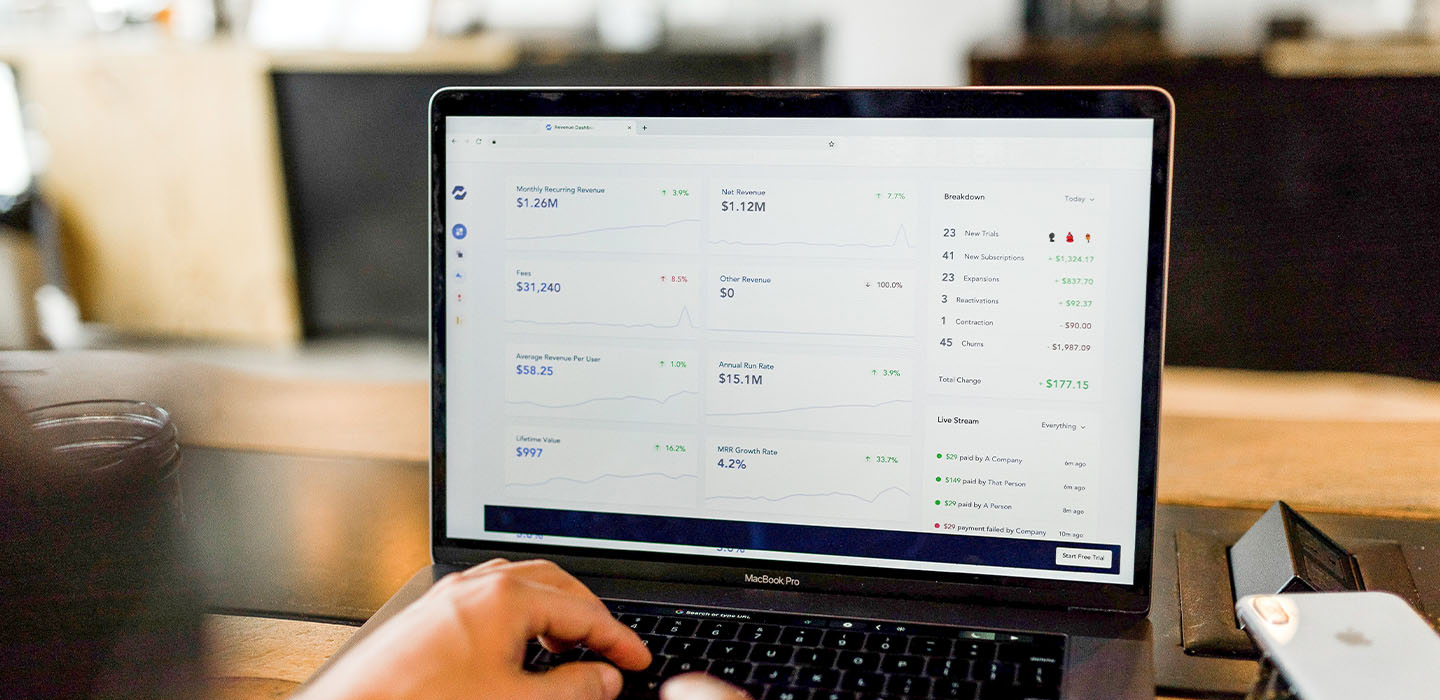A bright spot in today’s economy is the ability to earn higher rates on your savings. While a regular old savings account is a safe place to park your money, there’s little earning potential.
Here are some solutions to make the most of your money this year — and beyond.
High-Yield Savings Accounts
The national average interest rate on savings accounts is 0.47% APY1, according to Bankrate. That’s why high-yield savings accounts deserve a second look. A high-yield savings account allows you to grow your money faster, with zero risk. With some rates over 5.00% APY, it pays to shop around for the best rates. Keep in mind while this type of account is great for building an emergency fund, it doesn’t replace a longer-term savings strategy.
Share Certificates and CDs
Share certificates earn dividends and certificates of deposit (CDs) earn interest on your savings contributions for a fixed amount of time. Usually banks offer CDs, and credit unions offer share certificates. Some state-chartered credit unions may offer CDs if their state laws permit it.
Both share certificates and CDs let you invest your savings to earn interest or dividends over a set time period — such as 30 days to 60 months. Typically, the longer the term, the higher the rates or dividends are. And because the rates are fixed, even if rates drop, your deposit will continue earning at the original rate. As long as you are willing to leave your money untouched for the term you agree to, share certificates and CDs are a safe and effective way to save and earn more.
Start and Keep Investing
If you have savings, investing some of it gives you the opportunity to build wealth over time. Thanks to the power of compounding interest, starting early and investing regularly allows you to earn money on your investments and over time, interest on your interest.
Get started by opening an investment account. Many employers offer retirement plans such as a 401(k), and will match your contributions, typically between 2% to 8%. For example, if your employer provides a 6% match, and you contribute the same, an amount equal to 12% of your gross pay will go toward your retirement savings. That can really add up over time. In addition, that 6% match is free money, but you can only take advantage of it by making your own contributions.
If you don’t have an employer-sponsored retirement plan, look at other tax-advantaged plans like a traditional or Roth IRA. These accounts can also be set up for automatic contributions. Income limits may affect your maximum income deduction and/or contribution amounts.
Regular Contributions, Reap the Rewards
By contributing a set amount every month to an investment account, you deploy a strategy called dollar-cost averaging. This means you're automatically set up to buy more investment shares when prices are lower and fewer when prices are higher. Remember that dollar-cost averaging won't assure a profit or guard against loss in declining markets. However, retirement is a long-term goal, and that allows for potential recovery time for your investments, should the market take a dip.
For School Employees
If you’re a school employee, consider saving for retirement with a CalSTRS or CalPERS pension plan. Although these are good options to build savings automatically, you may need to supplement your plan with additional savings to maintain your standard of living when you stop working. You can do this with tax-advantaged retirement plans, such as a 403(b), Roth 403(b) or 457(b), offered by your school district. These plans are similar to 401(k) plans. Please consult with your tax advisor for additional tax information.
1. Annual Percentage Yield.

